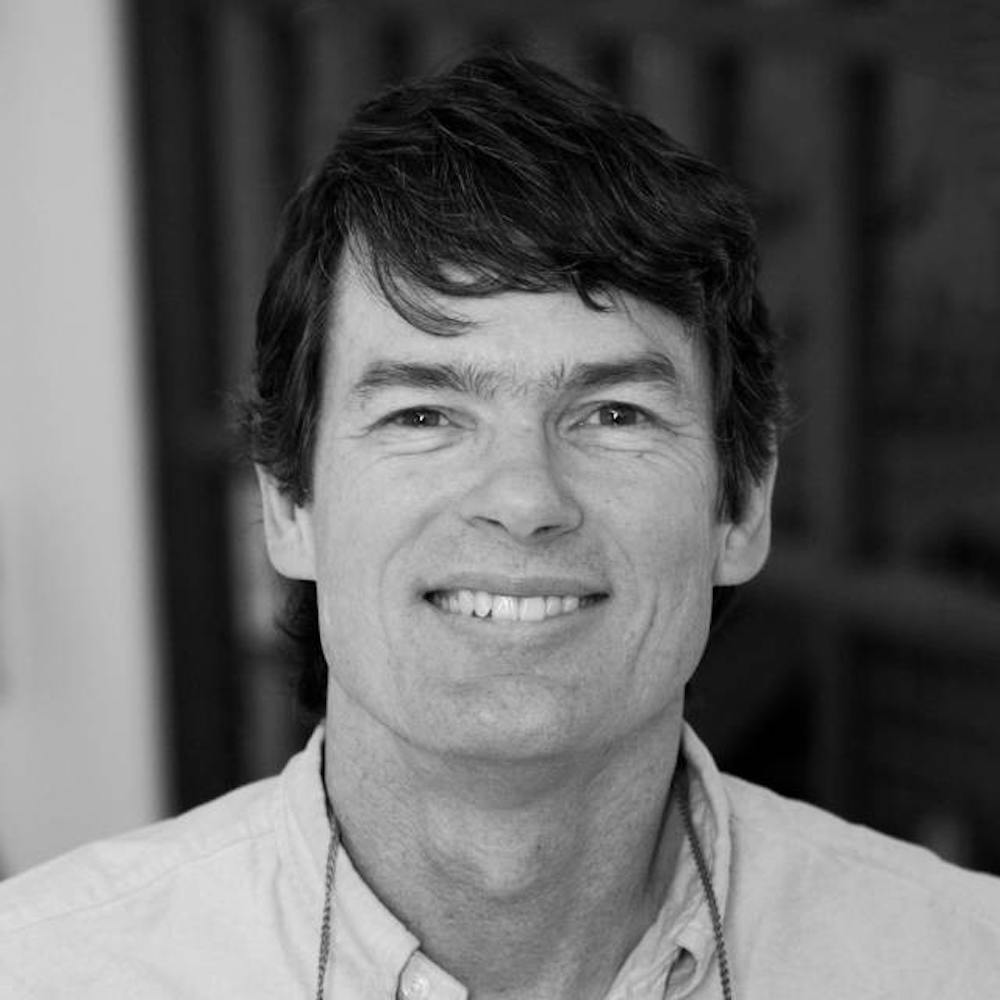Tullis Onstott GS ’80, a Professor of Geosciences who was on the University’s faculty for 37 years, died in Oracle, Ariz. on Oct. 19 from complications associated with lung cancer. He was 66 years old.
Onstott is best known for his groundbreaking research on underground microbial life. He also inspired countless students and faculty during his time at the University, where he spearheaded the creation of the Planets and Life certificate program and for a number of years, taught the prerequisite course, AST 255 “Life in the Universe.”
Professor of Astrophysical Sciences Edwin Turner, who co-taught the class with Onstott for almost 20 years, praised Onstott’s teaching in an email to The Daily Princetonian.
Working with him “was the most inspiring and one of the most enjoyable experiences of my 40+ years in Princeton classrooms,” Turner wrote. “He routinely both infected our students with his deep and passionate excitement for science and effectively encouraged them to pursue their own intellectual interests with confidence in their abilities and a sense of adventure.”
Bess Ward, Chair of the Department of Geosciences, noted the loss to the geoscience community that Onstott’s passing represents.
“Tullis Onstott’s many friends in GEO and the geosciences community in the U.S. and abroad will grieve the loss of their colleague,” she wrote in a statement to the University, which she also provided in full to the ‘Prince.’
Onstott’s research focused on microbial life living below the surface of the Earth. To this end, he worked in underground laboratories all around the world, including in recent field projects in South African mines and in Siberian permafrost.
Onstott was born in Carlsbad, N.M. and spent some of his childhood in Ontario, Canada, before completing high school in Las Vegas, Nev. He earned a B.S. in geophysics at the California Institute of Technology in 1976 and a Ph.D. in geology at Princeton in 1980. After doing postdoctoral work in Toronto, Canada, Onstott returned to Princeton to teach in 1985 and became a full professor in 2001.

Throughout his academic career, Onstott published more than 230 scientific papers about a range of subjects, including the movement of tectonic plates and the ability of various subsurface microbes to subsist in harsh environments.
Notably, in 2011, Onstott and his team discovered a nematode worm living nearly 2.5 miles underground, making it the deepest known multicellular organism on Earth.
Yuri Tamama ’22 spoke of her experiences doing research in Onstott’s lab as a first-year student.
“He was very welcoming and kind from the very start,” she said in a phone interview with the ‘Prince.’

She said that meeting Onstott, whom she referred to with his distinctive nickname ‘TC,’ “was a pivotal moment” in her academic career.
“Had it not been for TC and for him being such a welcoming and kind mentor, I really wouldn’t have found the encouragement or the courage to decide that I would want to join the Geosciences department and explore more of the Earth sciences,” she said. “Whenever I talked to him, he always had a smile on his face, and he was very warm and welcoming.”
Onstott also had an interest in astrobiology, which “was based in his research in the high polar regions as analogs for the search for life on Mars,” Ward wrote in an email to the ‘Prince.’
This interest led Onstott to write Deep Life: The Hunt for the Hidden Biology of Earth, Mars, and Beyond in 2016.
In 2004, Onstott, with researchers from Indiana University and the University of Tennessee also won a $5 million NASA grant to look for signs of life on other planets.
He was the lead researcher on many projects funded by NASA’s Astrobiology Program. A statement from NASA Astrobiology following Onstott’s passing said that “Onstott was a pioneering researcher . . . and dedicated teacher.”
Onstott’s work led to him being named one of TIME’s 100 most influential people in the world in 2007. The press release cited his 2006 study, in which Onstott and his team found bacteria in South African gold mines that “draw their energy from chemicals produced by the radioactive splitting of water,” using hydrogen and sulfur compounds for metabolism.
The implications of this discovery on the possibility of finding life elsewhere in the universe excited TIME.
“Scientists once despaired of discovering even simple otherworldly organisms because they assumed that all life should be like earthly life — built around warmth, light and liquid water. In recent years, however, biology has shown itself to be tougher than that,” the TIME release said. “Uncover such critters on Earth, and you would prove that they might exist elsewhere too.”
Professor of Astrophysical Sciences Christopher Chyba, who also taught with Onstott, wrote in an email statement to the ‘Prince’ that after meeting Onstott, he “instantly liked him.”
“His personality was outgoing, bright, and quirky, with lots of smiles. He was generous as a teaching colleague, and generous to students with his time and his ideas. I was always happy to see him; he made my day better every time, even if it was just a flashed smile and a loud call of ‘Chriiiii—iiiiis!’” Chyba wrote.
“I miss him,” he added.
Onstott is survived by his wife, Nora Anderson, two sisters, Tullisse, ‘Toni,’ Murdock and Pat Pinckert, and three nieces, Allene Warren, Ruthie Brown, and Jan Smith.
Sandeep Mangat is a sophomore writer who covers faculty and campus events. He can be reached at smangat@princeton.edu or on Twitter at @s_smangat.








